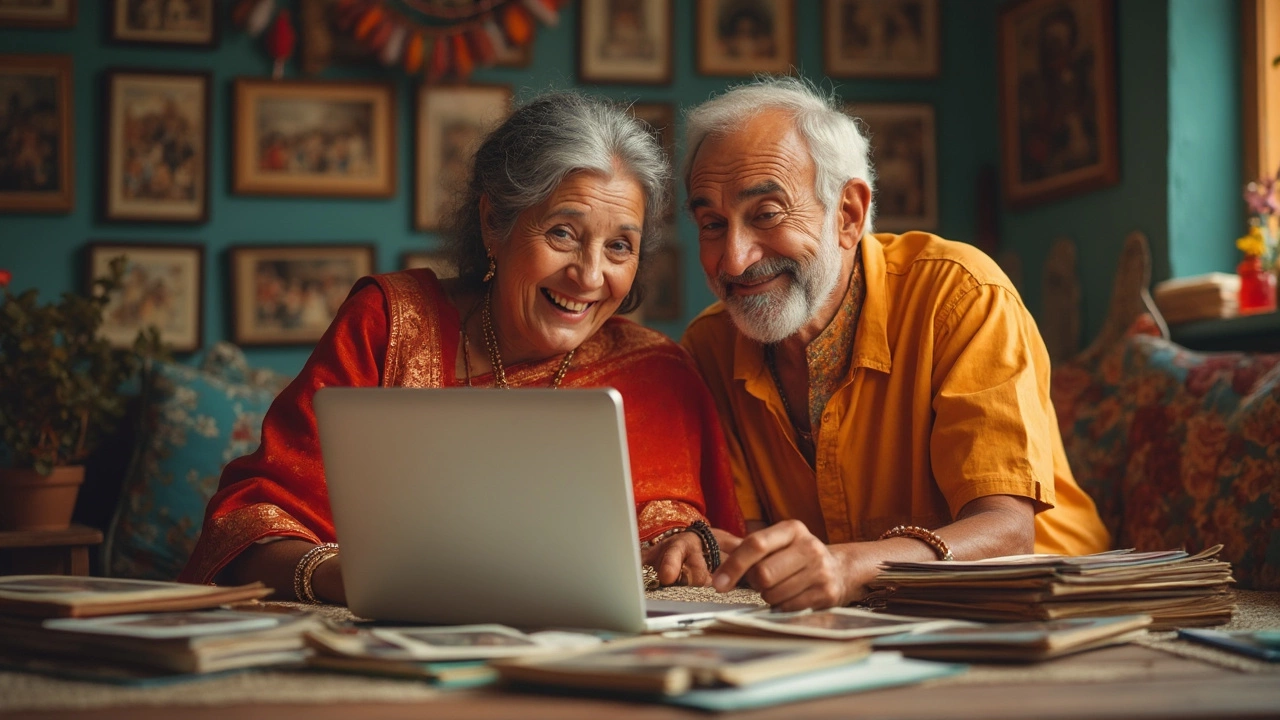CVS Photo Digital: Your Quick Guide to Getting Great Prints
If you’ve ever walked into a CVS with a photo on your phone and wondered how it turns into a paper print, you’re not alone. CVS offers a digital photo printing service that promises fast, cheap, and decent‑looking pictures. But how good are they really? And can you do anything to make the prints look better?
How the CVS Photo Digital Process Works
First, you upload your image. You can do this from a smartphone app, a USB stick, or by sending the file to a kiosk in the store. The system converts the file into a printable format (usually JPEG) and sends it to a large‑format inkjet printer. The printer lays down layers of cyan, magenta, yellow, and black ink onto glossy or matte paper. The whole thing takes a few minutes, so you can pick up your prints the same day.
Because the printers are designed for high volume, they use cheaper inks and paper than a professional lab would. That keeps the price low—usually $0.29 for a 4×6 glossy print—but it also means the colors can look a bit muted if your file isn’t prepared right.
Tips for Getting the Best CVS Photo Digital Prints
1. Check the resolution. Aim for at least 300 dpi at the final print size. If you upload a low‑resolution image, the printer will stretch it and the picture will look grainy.
2. Use sRGB color space. CVS’s printers are calibrated for the standard sRGB profile. If you edit in Adobe RGB or ProPhoto, the colors may shift when printed.
3. Choose the right paper. Glossy paper gives vivid colors but can glare in bright light. Matte paper reduces shine and is better for black‑and‑white shots. CVS often offers both; pick the one that matches your image.
4. Crop before you print. The kiosk will automatically add a small white border. If you want edge‑to‑edge prints, crop the photo a bit smaller than the final dimensions.
5. Review the preview. Most kiosks show a thumbnail of how the print will look. Take a moment to zoom in and spot any red‑eye or blur before confirming the order.
Following these steps can lift a run‑of‑the‑mill CVS print into something you’re proud to frame.
Still, some users find that CVS’s colors aren’t as punchy as what you’d get from a specialty lab like Mumbai Digital Print & Photo Services. That’s because professional labs use archival‑grade inks and can fine‑tune the color profile for each batch. If you need museum‑quality prints or want a larger size (like 8×10 or 11×14), you might want to invest a little more for a dedicated service.
On the upside, CVS’s speed and convenience are hard to beat. When you need a quick photo for a passport, a school project, or a last‑minute gift, the same‑day turnaround saves you a trip to a printer that might take days to ship.
Bottom line: CVS photo digital printing works well for everyday snaps, especially if you stick to the tips above. For important events, weddings, or artistic prints, consider a professional lab for richer colors and better paper. Either way, knowing how the process works lets you make smarter choices and get the most out of every print.
